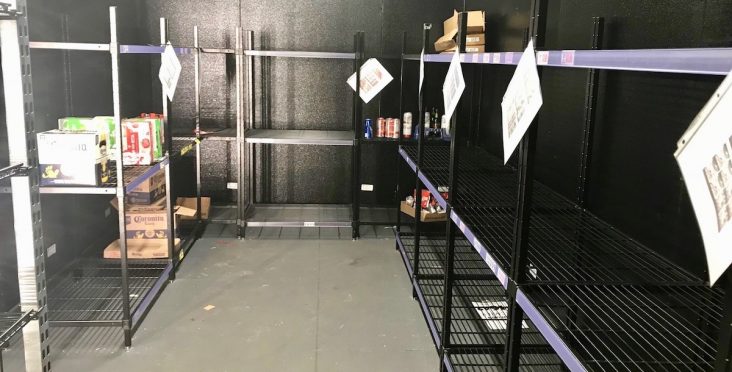The ‘great beer drought of 2018’ ends, distributor now watching consumer trends
by October 4, 2018 3:04 pm 923 views

The “great beer drought of 2018” in Oklahoma – or at least in eastern Oklahoma – is over, and only time will tell how Oklahoma’s new alcohol law will change consumer behavior, according to Matthew Holland, succession manager at Fort Smith-based Belle Point Beverages.
Oklahoma voters in November 2016 approved State Question 792 which made numerous constitutional changes to the state’s alcohol laws. The most notable was that “strong beer” – beer with an alcohol by weight content above 3.2% – can be sold in “supermarkets, grocery stores, convenience stores, drug stores, warehouse clubs and supercenters.” The higher content beverages began to be sold in Oklahoma on Oct. 1. (Link here for more details on the changes.)
The benefit for alcohol distributors and wholesalers is the state now has the same alcohol content laws as most of the country. All of Utah and parts of Minnesota still have lower alcohol volume rules, Holland said.
“From a brewery standpoint, not having to produce a different liquid would add some synergies,” he said.
Belle Point distributes alcoholic and non-alcoholic beverages under the Anheuser-Busch umbrella in the Fort Smith metro, with the company’s Oklahoma territory in Latimer, Leflore and Sequoyah counties. Holland said the two biggest benefits of the new law is not having to manage separate inventories and being able to sell “significantly more of our product” in the three counties.
“Our portfolio there (eastern Oklahoma) has probably tripled. … So our challenge as a distributor is educating our sales people on new brands and beer types. We’re having to teach them the difference between an ale, a pale ale and an India pale ale,” Holland said, adding that Belle Point did hire another sales person to help manage the new product flow.
Another challenge, Holland said, was in staggering the rollout of higher content alcohol products. For example, liquor stores in Oklahoma could sell the “strong beer” beginning Sept. 1, but it couldn’t be sold cold. That part of the law gave liquor stores a one-month advantage over other supermarkets, convenience stores and other retailers who essentially had to let shelves and back rooms become empty before the shift, Holland said.
Possibly the biggest challenge was that Anheuser-Busch stopped sending the 3.2% beer before the Oct. 1 begin date.
“That’s what created the great beer drought of 2018,” Holland said with a laugh. “They (Anheuser-Busch) wanted us to be out (of 3.2% beer). We had to take one of our 16-bay trailers and drive to Tulsa. We did that twice just to have beer down here to sell.”
The transition to higher alcohol content also created disruptions in consumer behaviors. For example, Holland estimates Oklahoma residents bought more alcohol in Arkansas during the beer drought. The question now is if Oklahoma residents – especially those who work in Arkansas – change their buying patterns. Will they, Holland explained, buy beer or other beverages in Arkansas on their way home from work, or will they support their communities and buy local now that they can get the same beer.
Belle Point execs are watching for buying patterns to determine if they have people and equipment in the right places.
“It’s just too early to tell. Right now we’re filling empty stores from the great beer drought of 2018. So we don’t know exactly where we’re going to be,” Holland told Talk Business & Politics. “We’ll have to watch it through the fourth quarter and just play the hand we’re dealt.”
